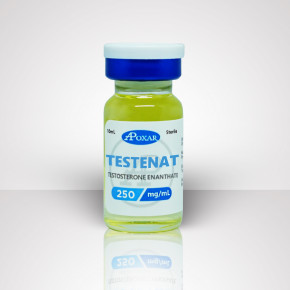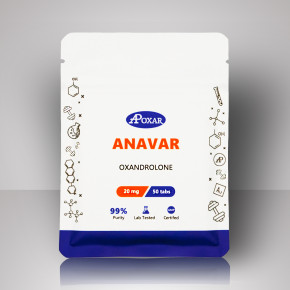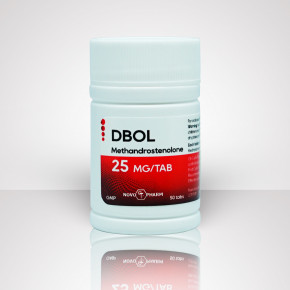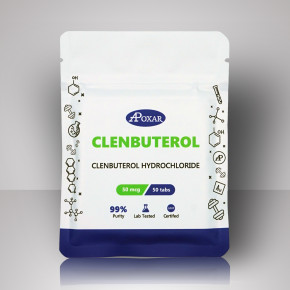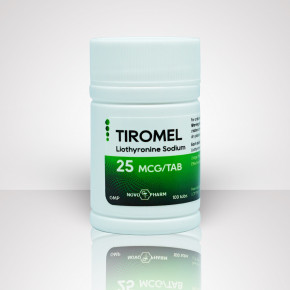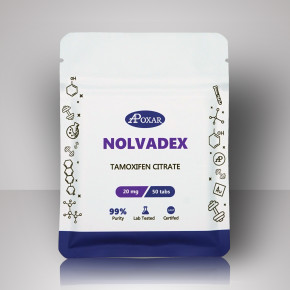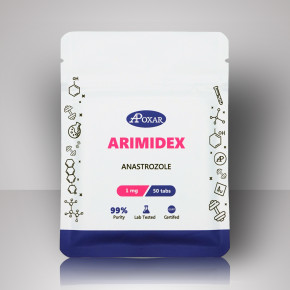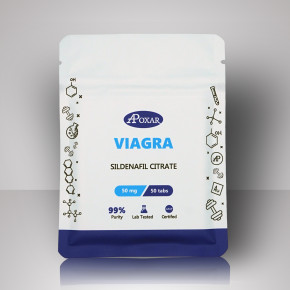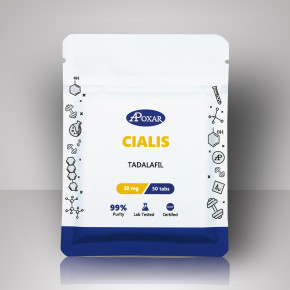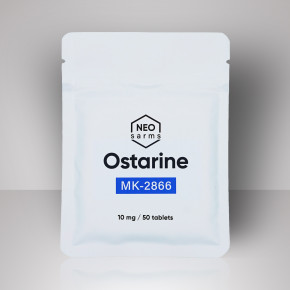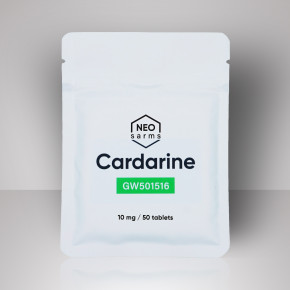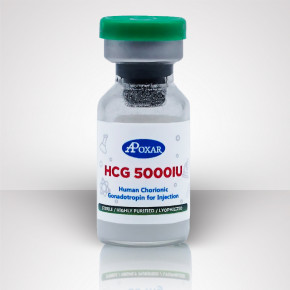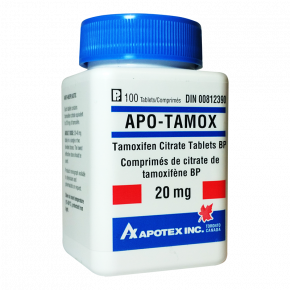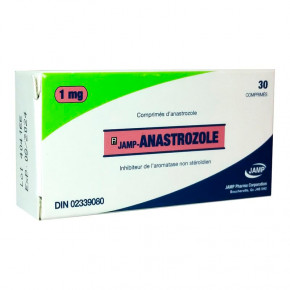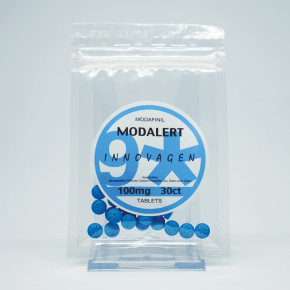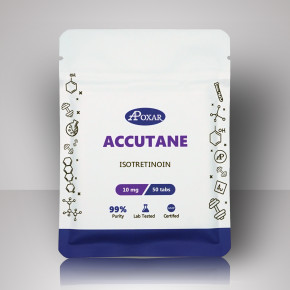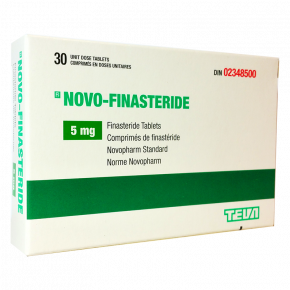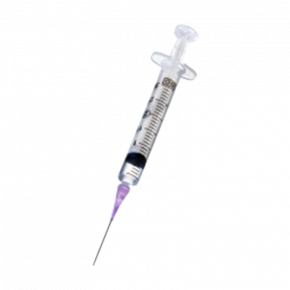 Proudly Serving Canadians Since 2012
Proudly Serving Canadians Since 2012Lasix - Furosemide
A strong diuretic that can have an extremely dramatic effect on fluid and electrolyte levels in the body. Some athletes also use it to fit a specific weight class before a competition. 40-80 mg|day 4-5 days
-
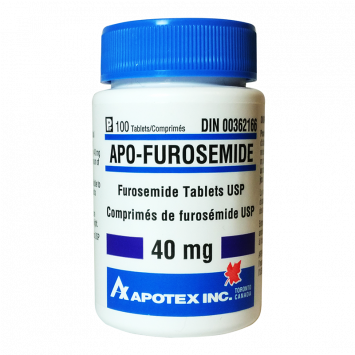
Lasix - Furosemide (Diuretic) 40mg/100 tabs
Lasix is a loop diuretic.It is one of the most potent and fast-acting diuretics available on the market.
Benefits:- Fast elimination of water excess
- Increased muscle definition
Administration: Recommended dosage 20-40 mg/day
Stack with: Experienced users are stacking Lasix with Spironolactone for faster and more dramatic results.
Safety: Lasix misuse could lead to micronutrients deficit.Increases Strength
Improves Sex Drive
Muscle Gains
$65.00
Lasix Description
Lasix (furosemide) belongs to a class of drugs known as loop diuretics, which cause the body to excrete water as well as potassium, sodium, magnesium, calcium, and chloride. They are used most commonly to treat edema and high blood pressure. Like other agents of this type, furosemide works by inhibiting the Na-K-2Cl symporter in the thick ascending loop of Henle, which is a carrier protein that pulls sodium, potassium, and chloride inside cells. This mode of action is independent of any inhibition of aldosterone. Loop diuretics are among the strongest diuretics available and can have an extremely dramatic effect on fluid and electrolyte levels in the body. Potassium levels need to be closely watched in particular, and patients may require a prescription potassium supplement. If the proper levels of potassium and other electrolytes are not maintained, serious heart complications may develop. Mistakes in potassium dosage have equally serious consequences; so it is of note that furosemide can be a particularly risky item to use without proper medical supervision.
Athletes and bodybuilders use diuretics for a couple of specific purposes, and usually for only brief periods. Competitive athletes in sports with weight class restrictions may use these drugs to drop water weight, in an effort to make adjustments in their weight class standings. Since the weigh-in procedure is often a day or days before a competition, one can drop their bodyweight considerably with diuretics, and be back to normal within hours after drug cessation and rehydration. This may provide a strong competitive advantage, allowing the athlete to compete at a heavier weight than his or her category would dictate. This advantage is only offset to some degree by the now near-universal nature of some form of “dropping weight” practice in these sports. Bodybuilders may rely heavily on diuretics when preparing for a contest. Here, a drug like furosemide can efficiently lower subcutaneous water concentrations, helping to produce a more defined (“ripped”) look common to competitive bodybuilding.
History
Furosemide was developed during the early 1960s. Much of the initial research on this diuretic was conducted in Europe, mainly Germany and Italy. The drug proved to be quite successful, however, and within a matter of years gained worldwide attention and acceptance as a treatment for edema and high blood pressure. Over the years, furosemide preparations have become among the most popular medications in their area of medicine. Single- and multi-ingredient preparations making use of this diuretic can presently be found in virtually all corners of the world. The most recognized brand name is Lasix, presently sold in the U.S. and many other nations under the Sanofi Aventis label. The actual number of different brand and generic forms of furosemide would be difficult to calculate and list, but would probably measure in the hundreds.
How Supplied
Lasix (furosemide) is most commonly supplied in oral tablets of 20 mg, 40 mg, and 80 mg, and injectable solutions containing 10 mg/ml.
Structural Characteristics
Lasix (furosemide) is an anthranilic acid-derived loop diuretic. It has the chemical designation 4-chloro-N-furfuryl-5- sulfamoylanthranilic acid.
Warnings (Dehydration, Death)
Furosemide is a highly potent diuretic, which can profoundly increase water excretion (diuresis) and lead to electrolyte depletion¹. The misuse of the diuretic drug(s) like furosemide for physique- or performance-enhancing purposes is characterized as a high-risk practice. Diuretics may produce a life-threatening level of dehydration and electrolyte imbalance when administered without proper medical supervision. Many deaths have been associated with the misuse of these drugs.
Side Effects
Furosemide use may be associated with electrolyte imbalance. This may include the depletion of potassium (hypokalemia), sodium (hyponatremia), magnesium (hypomagnesemia), and calcium (hypocalcemia), as well as hypochloremic alkalosis, an increase in blood bicarbonate due to significant chloride loss. Signs of electrolyte imbalance include dry mouth, thirst, weakness, lethargy, drowsiness, restlessness, muscle pain, muscle cramping, seizures, reduced urine volume, low blood pressure, and gastrointestinal disturbances. Other side effects may include pancreatitis, jaundice, anorexia, oral and stomach irritation, cramping, diarrhea, constipation, nausea, vomiting, hearing loss, numbness or tingling of the extremities, vertigo, dizziness, headache, blurred vision or other visual disturbances, anemia, decreased white cell or blood platelet count, dermatitis, rash, skin itching and sensitivity to light, low blood pressure, high blood sugar levels (hyperglycemia), muscle spasm, weakness, restlessness, urinary bladder spasm, fever, blood clot, and excess uric acid in the blood (hyperuricemia). Additionally, some rare side effects characterized as hypersensitivity reactions have been reported including inflammation of blood vessels, kidney inflammation, and inflammation of blood vessels or lymph ducts (angiitis).
Administration
When used medically to treat edema, Lasix is often given orally in a dose of 20 mg to 80 mg per day, which is taken in one single application. For the treatment of hypertension, it is generally recommended to administer 80 mg per day, which is given in two separate 40 mg applications spaced 12 hours apart. Athletes and bodybuilders typically use this drug (off-label) for very brief periods (several days) of water adjustment. The dosage and method of administration are tailored to the individual, dependent on the desired goals and condition of the athlete. Oral tablets are the most common form of administration. The athlete will usually start with a low dose, and increase the amount slightly on subsequent days. The main focus is to calculate the optimal dosage, as well as to determine the best intake schedule, in relation to a show or competition. The initial dosage is usually 20 mg to 40 mg, and the maximum daily intake rarely exceeds 80 mg. In order to minimize the side effects associated with this drug, it is generally used for no longer than 4-5 days.
Note that since Lasix (furosemide) has such a strong effect on electrolyte levels, it is generally considered much safer to add a potassium-sparing agent like Aldactone® (spironolactone) than it is to keep increasing the amount of furosemide used. Combination diuretics like this are widely produced as prescription medicines for this reason. The use of 50 mg Aldactone® and 20 mg furosemide is a common starting point and is believed to have a roughly similar diuretic effect to 40 mg of furosemide but without the same level of potassium loss. This dosage may be adjusted on subsequent days in order to determine the optimal amount and intake schedule, but should rarely exceed 100 mg/40 mg per day. It is important to remember that these drugs can be active for many hours. It can become difficult to control the dehydrating effect with an overlapping schedule, therefore one should be careful not to administer diuretics on multiple occasions during the same day.
Injectable Lasix (furosemide) solutions are considered to be significantly more powerful forms of the drug milligram for milligram. Furosemide solutions can be administered intramuscularly or intravenously, depending on the individual needs of the patient. The IV method is much more rapid-acting and produces significantly higher peak blood levels of the drug. Given that the action of furosemide can be noticed in a matter of seconds or minutes when given by injection, the effect is actually easier to judge and control with this method of use, at least under normal conditions. Since the injection is much more powerful than the oral, however, is important to emphasize that the dosage must be considerably reduced in comparison. Intramuscular injection is most common with bodybuilders and athletes and is usually given at a dosage of 10-20 mg. Doses in excess of 40 mg per day are rarely used in the bodybuilding/athletic population.
Availability
Furosemide is widely available and is manufactured and sold under many different brand names, in many countries. No version of Lasix (or any other diuretic) is currently being counterfeited on any large scale. Although it is doubtful these will circulate, make sure to never purchase the drug in 500 mg tablets. These are used only in severe medical conditions and contain a dosage that would likely prove fatal to a healthy person.
References:

